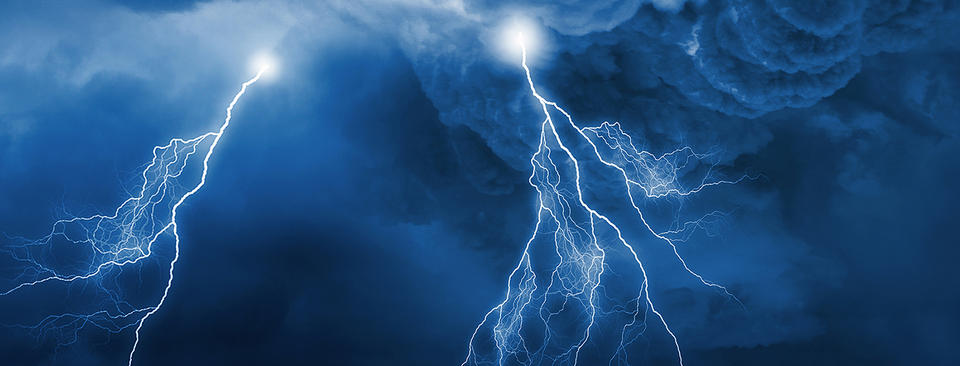Weather and climate

NORSAR's extensive network of infrasound and seismic stations provides new observations of weather and climate-related phenomena.
In 2013, one of the world's most advanced infrasound stations, IS37, was installed in Bardufoss in Northern Norway. The primary purpose of the station is to detect the testing of nuclear explosions as part of the International Monitoring System for the Comprehensive Nuclear Test Ban Treaty (CTBT). However, the station has additional uses; by measuring infrasound signals that travel through the atmosphere, it provides unique wind and temperature data from the mesosphere and stratosphere. Thus far, such data have not been used in weather and climate models.
To take advantage of this unique opportunity, NORSAR has established a research program to improve the mapping of these atmospheric levels. In these studies, data from IS37 is supplemented with data from other, smaller infrasound stations in the region and in the international CTBT network. This research improves our understanding of the atmosphere. As the mesosphere and stratosphere affect the weather and climate, this research will also improve our understanding of and ability to predict the weather.
Monitoring of glaciers and mountains
The ice-covered parts of the earth's surface, such as the glaciers and ice cover on Greenland, Svalbard and surrounding the poles, constitute the Earth's cryosphere. Temperature variations affect the cryosphere and as the temperature changes, it creates movements in the ice. These movements creates seismic signals that highly sensitive instruments can detect. NORSAR's seismic stations can monitor these movements.
Over the past decades, the interest in these movements has increased. The stability of the large ice sheets in the polar region is of particular interest because of their influence on the average sea level and the global ecosystem. The cryosphere is very vulnerable to climate change. Due to the increase in average temperature on the earth's surface, the global cryosphere is changing. Rising temperature increases the glacial motion and causes glaciers to retreat.
What is infrasound?
Infrasound describes sound waves with frequencies below 20 Hz. Infrasound cannot be heard by the human ear but can travel over great distances. Man-made sources of infrasound includes nuclear explosions and other major explosions, rocket launches and supersonic aircrafts. Natural phenomena that generate infrasound include volcanic eruptions, earthquakes, meteors and storms.
